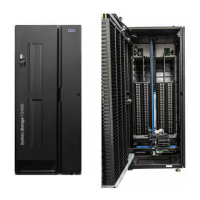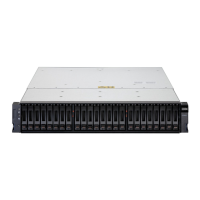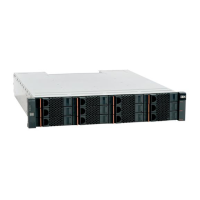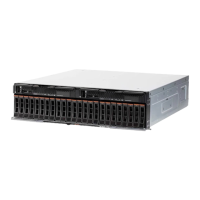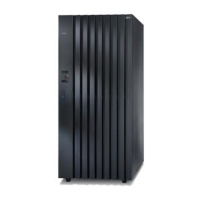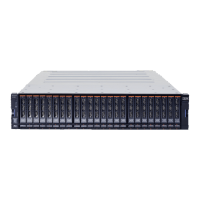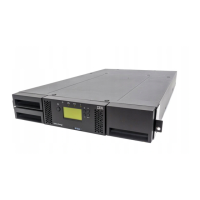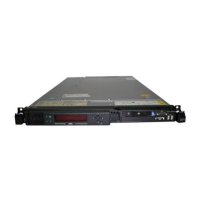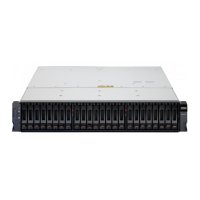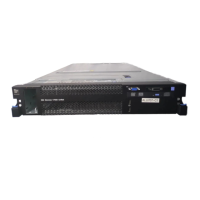Chapter 17. Host Utilities Kits 233
The WWPN resembles the following example:
WWPN: 10:00:00:00:c9:73:5b:90
For Windows Server 2008 or Windows Server 2008 R2, use the Windows Storage Explorer
application to display the WWPNs. For Windows Server 2003, use the Microsoft fcinfo.exe
program.
You also can use the HBA manufacturer's management software if it is installed on the
Windows host. Examples include HBAnyware for Emulex HBAs and SANsurfer for QLogic
HBAs.
If the system is SAN booted and not yet running an operating system, or the HBA
management software is not available, obtain the WWPNs by using the boot BIOS.
Recording the iSCSI initiator node name
Record the iSCSI initiator node name from the iSCSI Initiator program on the Windows host.
For Windows Server 2008, Windows Server 2008 R2, and Windows Vista, click Start
Administrative Tools iSCSI Initiator.
For Windows Server 2003 and Windows XP, click Start All Programs Microsoft iSCSI
Initiator Microsoft iSCSI Initiator.
The iSCSI Initiator Properties window opens. Copy the Initiator Name or Initiator Node Name
value to a text file or write it down.
The exact label in the window differs, depending on the Windows version. The iSCSI node
name resembles the following example:
iqn.1991-05.com.microsoft:server3
17.4.5 Host Utilities registry and parameters settings
The Host Utilities require certain registry and parameter settings to ensure that the Windows
host correctly handles the storage system behavior.
The parameters that are set by Windows Host Utilities affect how the Windows host responds
to a delay or loss of data. The particular values are selected to ensure that the Windows host
correctly handles events. An example event is the failover of one controller in the storage
system to its partner controller.
Fibre Channel and iSCSI HBAs also have parameters that must be set to ensure the best
performance and handle storage system events.
The installation program that is included with Windows Host Utilities sets the Windows and
Fibre Channel HBA parameters to the supported values. You must manually set iSCSI HBA
parameters.
The installer sets different values depending on the following factors:
Whether you specify MPIO support when the installation program is run
Whether you enable the Microsoft DSM on Windows Server 2008 or Windows Server
2008 R2
Which protocols you select (iSCSI, Fibre Channel, both, or none)
Do not change these values unless you are directed to do so by technical support.

